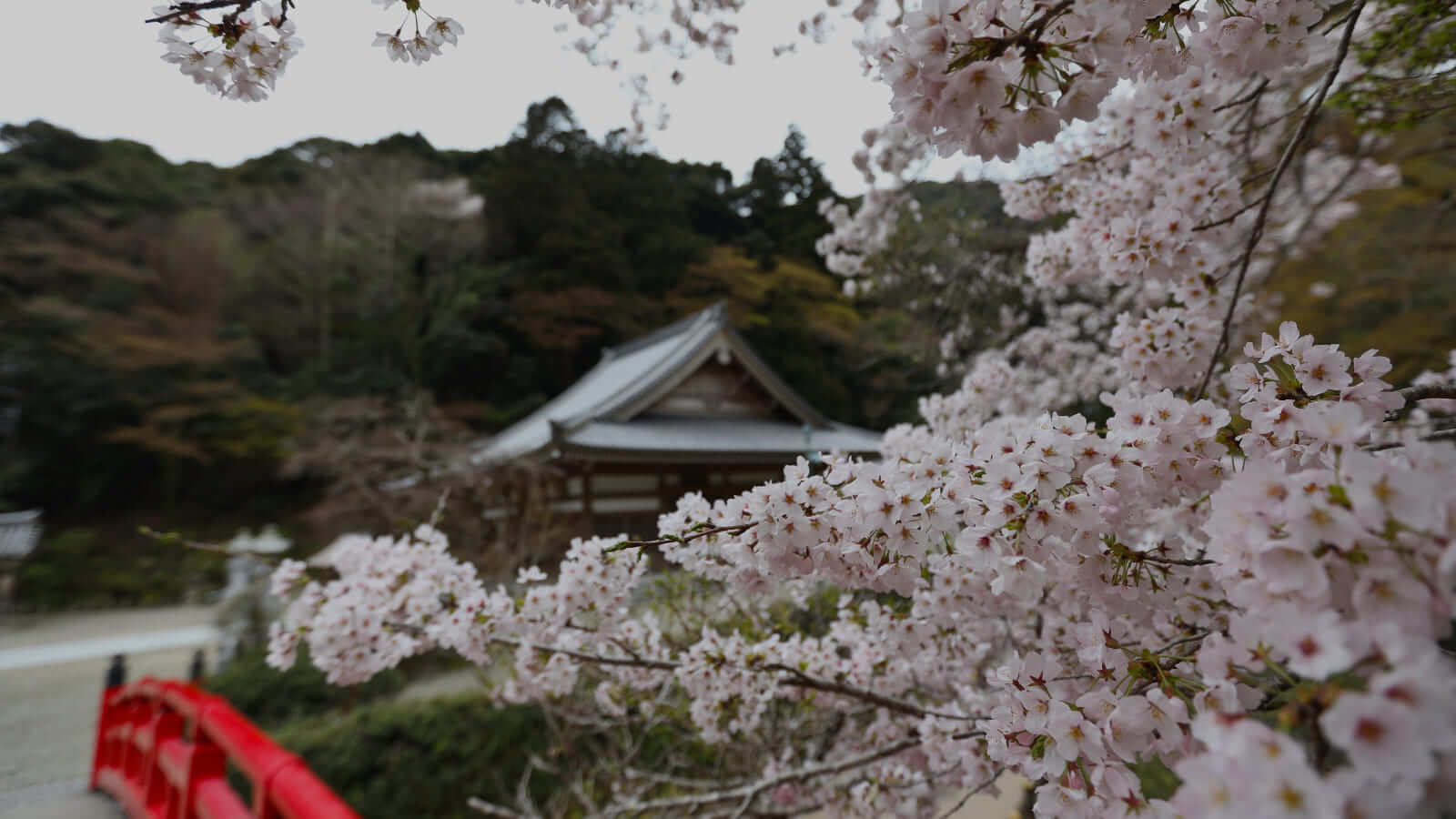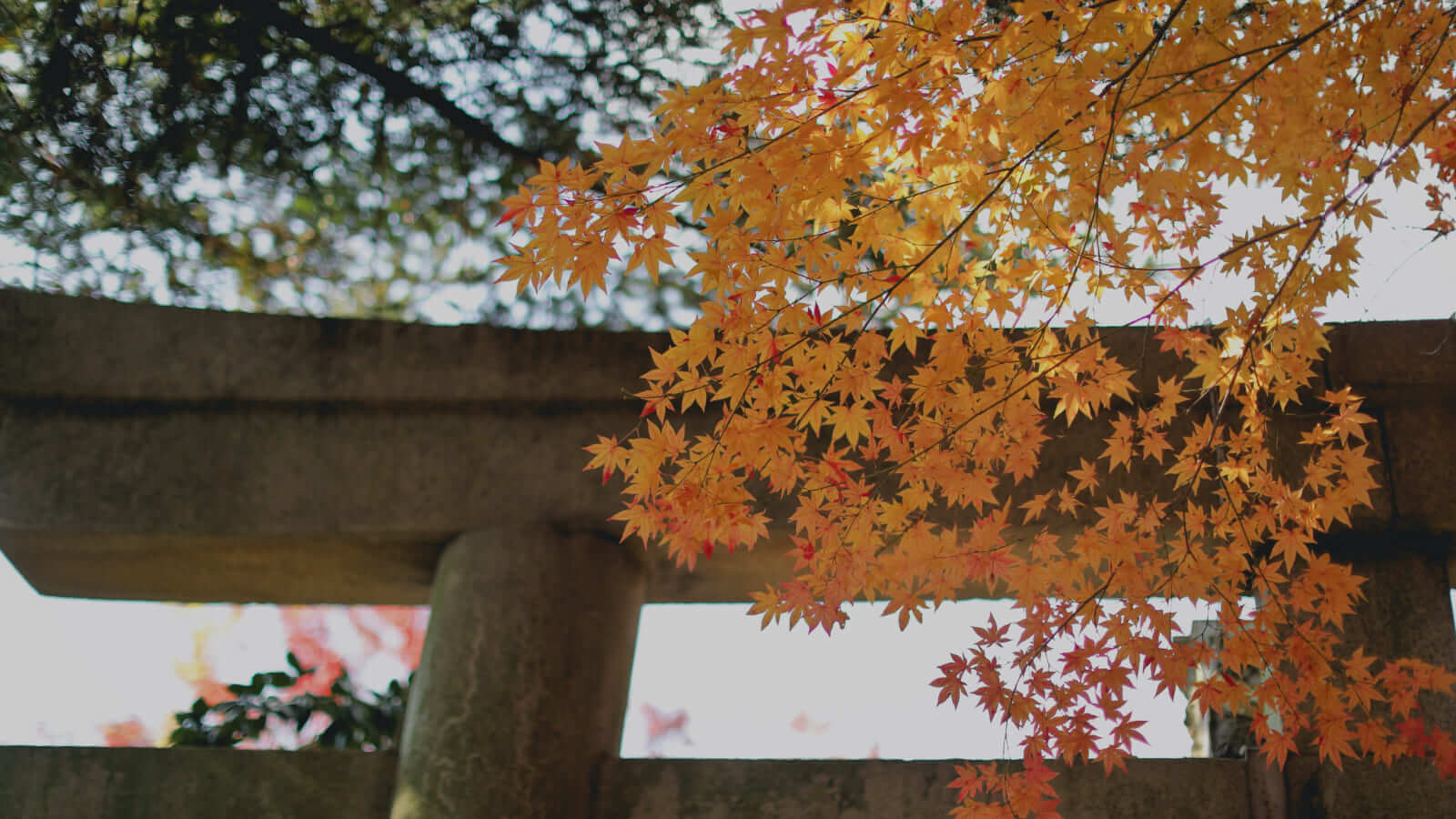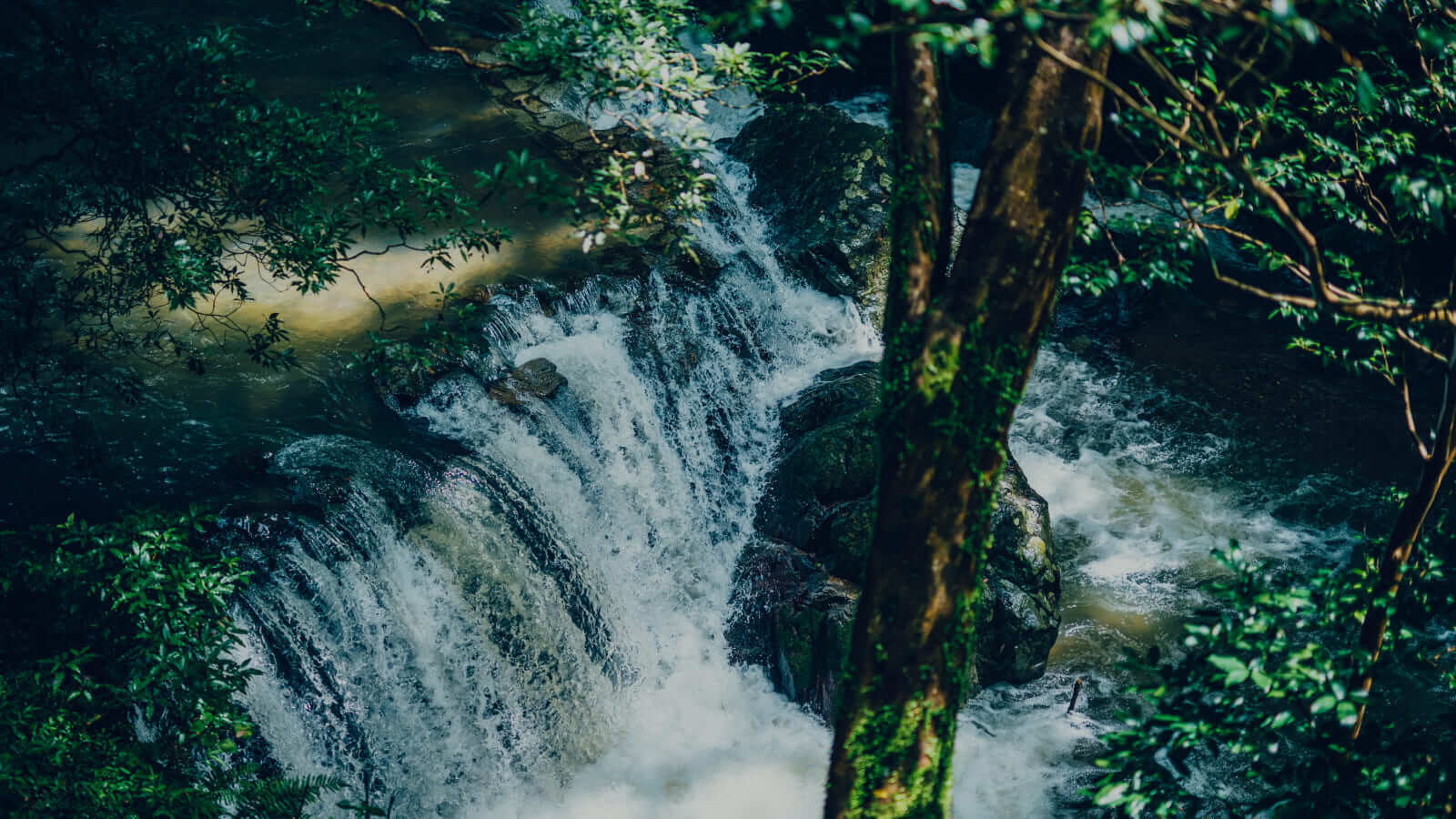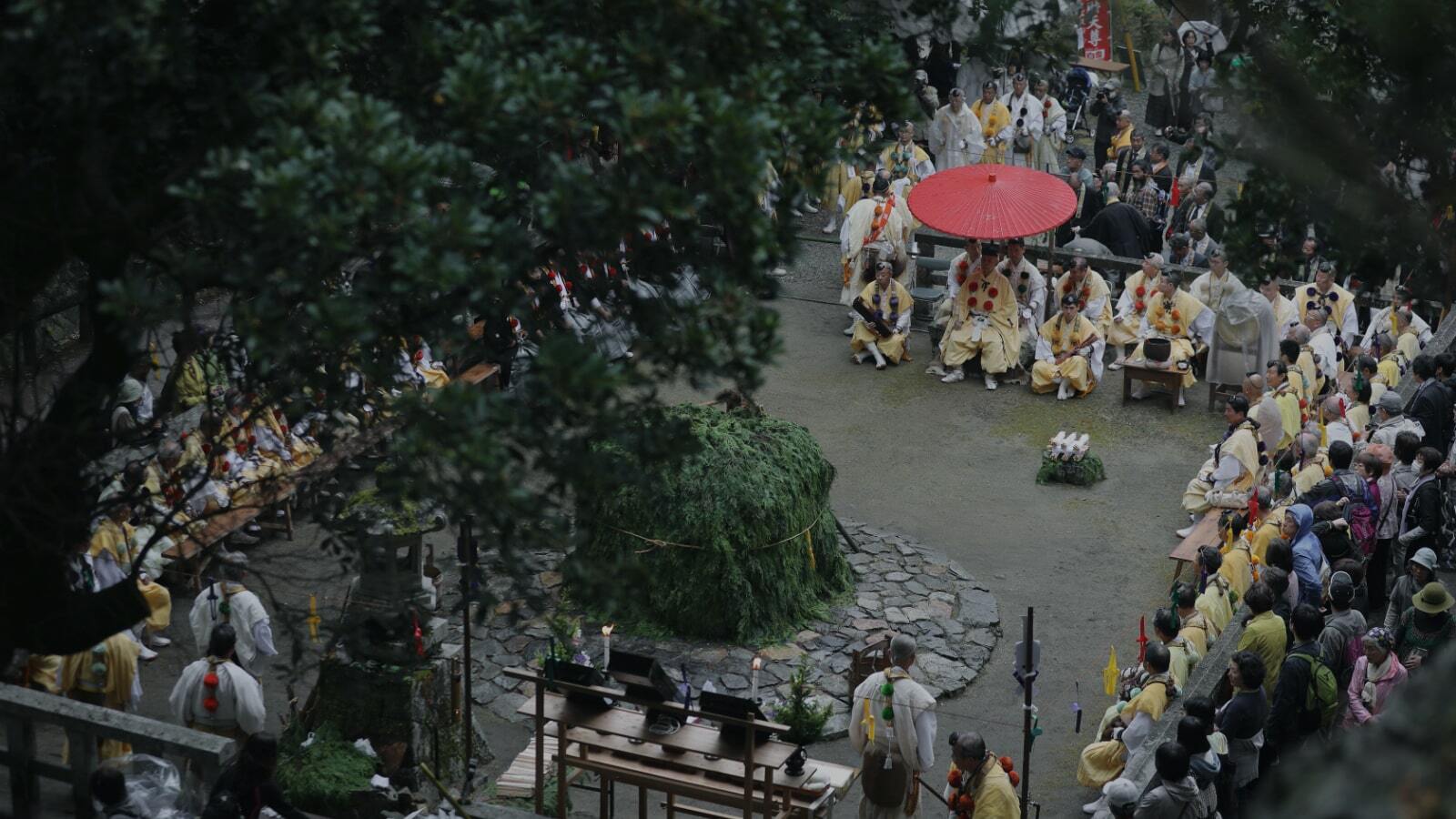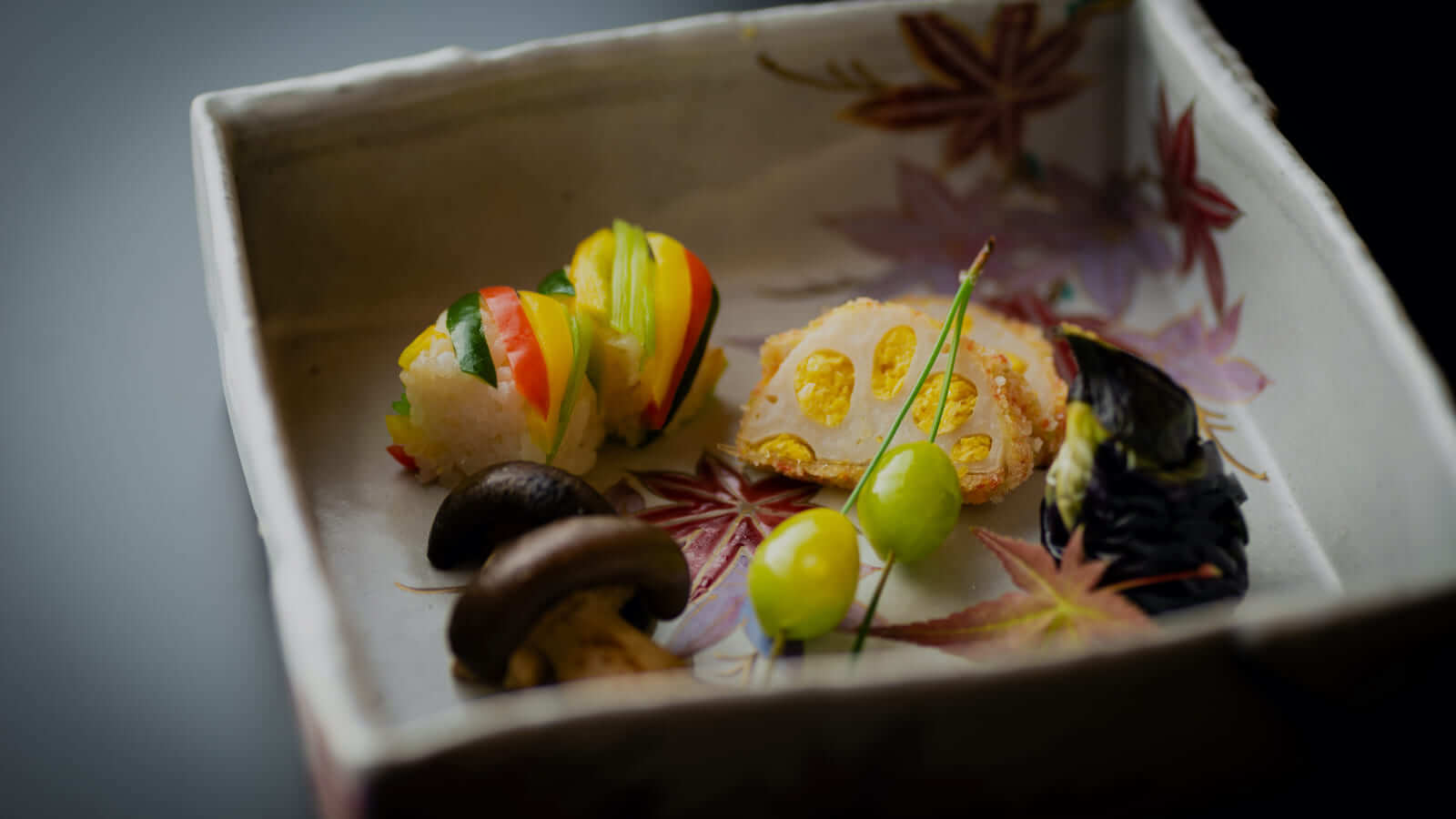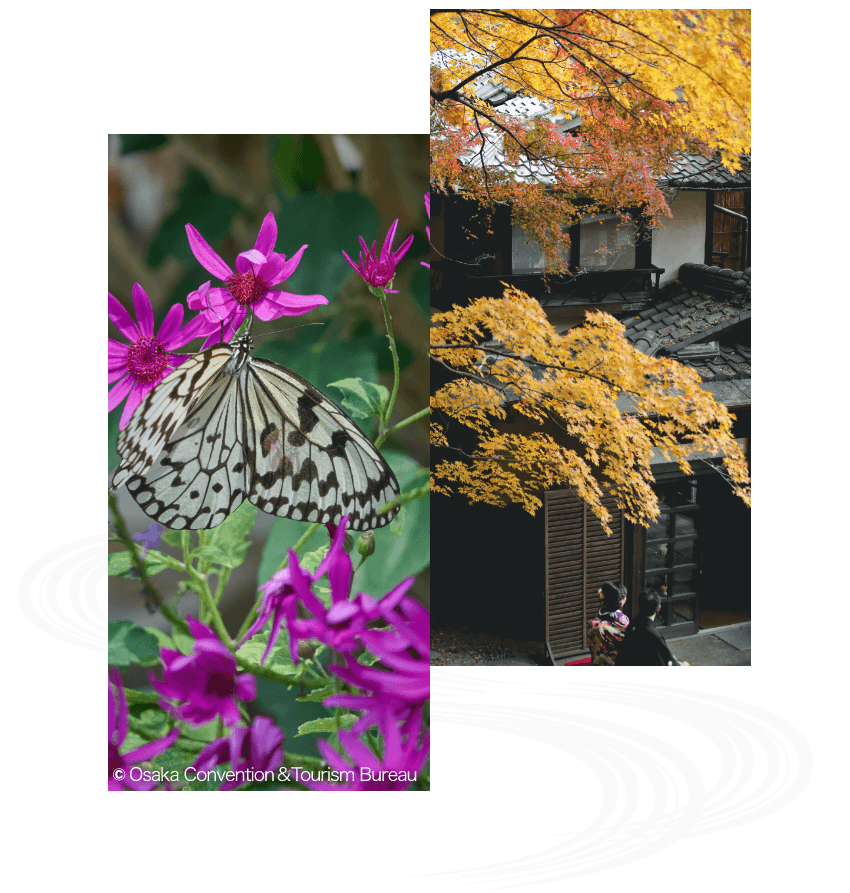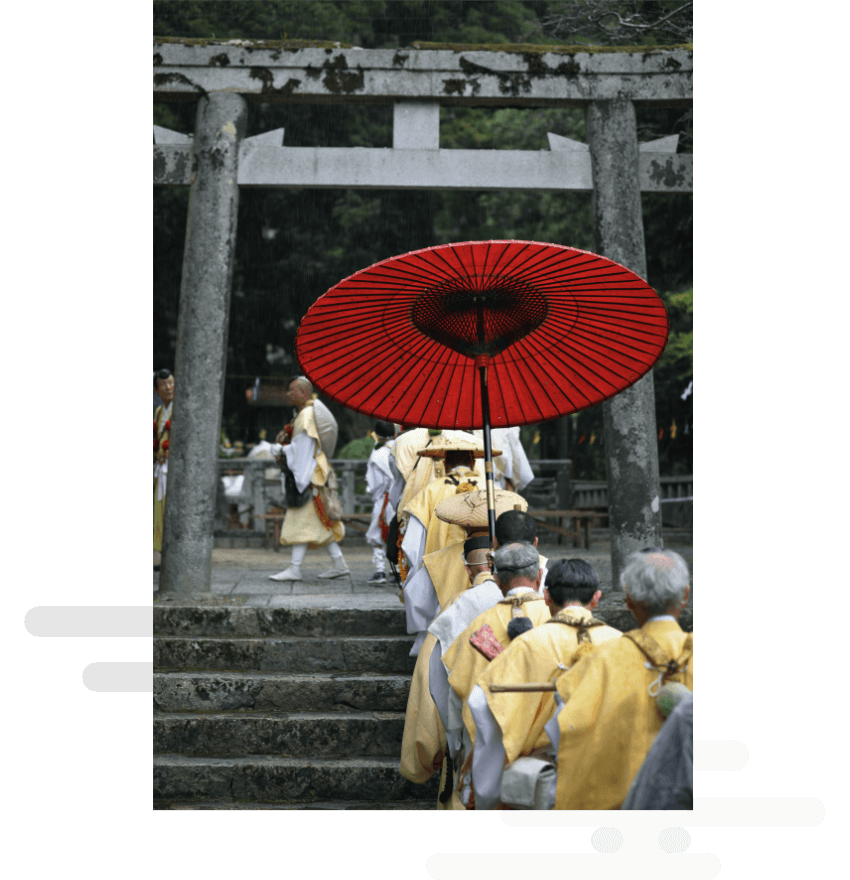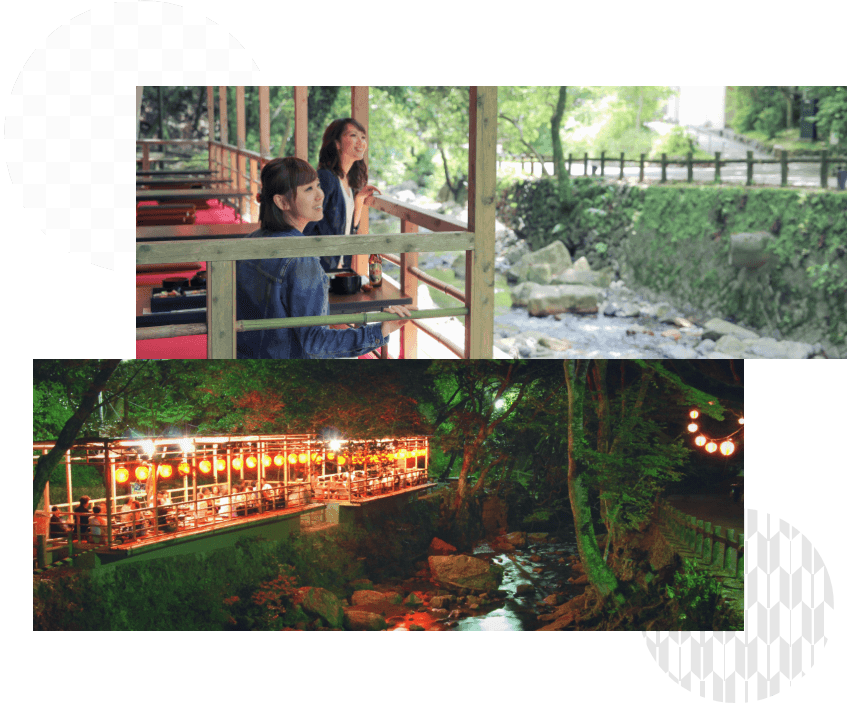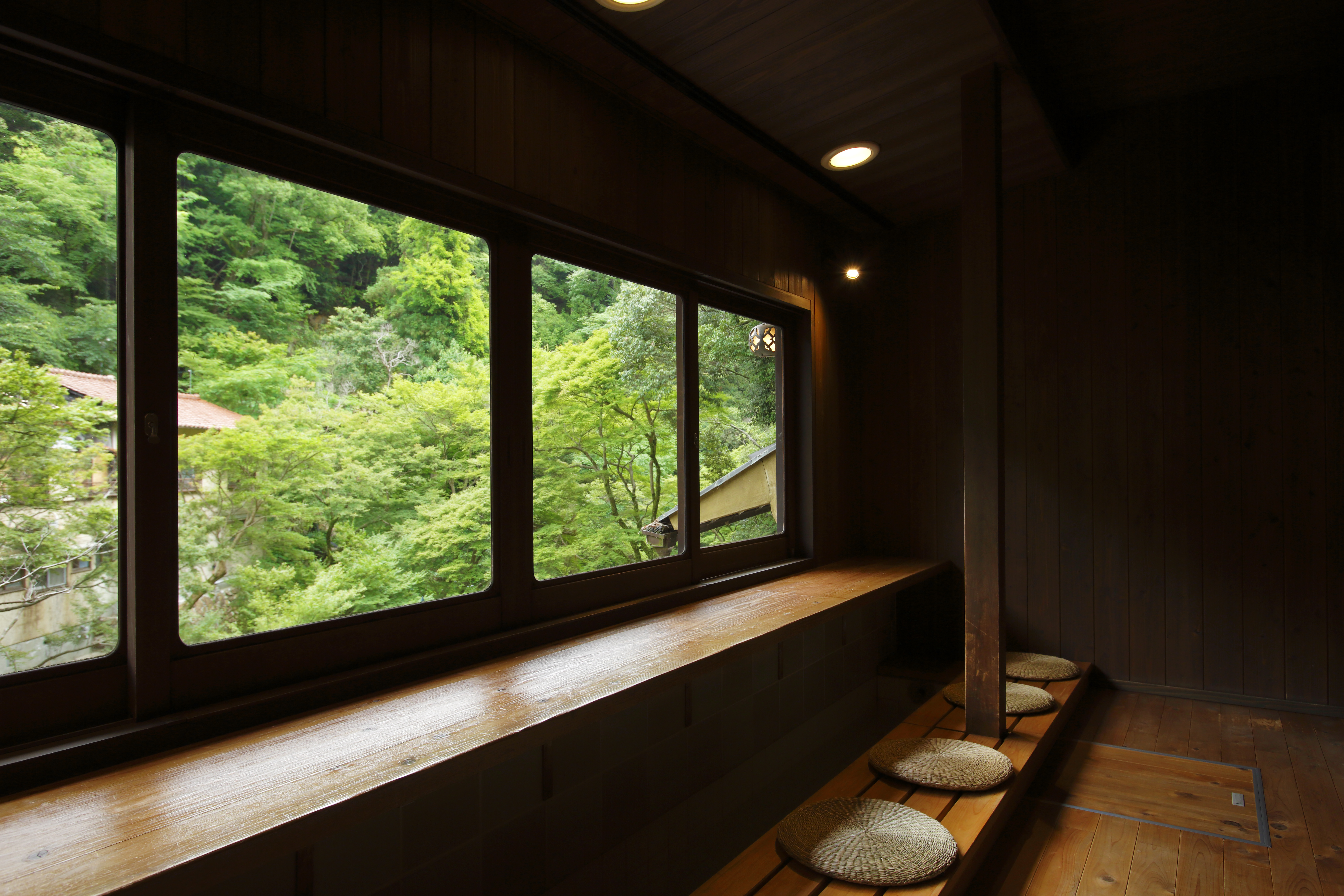
Meiji-no-Mori Mino Quasi-National Park
A Tranquil Natural Paradise Just North of Central Osaka
A Small Slice of Heaven That's Osaka's Best-Kept Secret
Mention “Osaka”, and most people will immediately think of a bustling metropolis that never sleeps: Universal Studios Japan, lively shopping streets spanning several blocks from Namba to Shinsaibashi, and the glitzy neon lights of Dotonbori at night.
But Osaka is so much more than the downtown area that most visitors know! Just a 25- to 30-minute train ride from Umeda in central Osaka is an unspoiled natural paradise called Meiji-no-Mori Mino Quasi-National Park — or just “Mino Park” for short.
Tucked away in the suburbs of Osaka, Mino (also spelled “Minoo” or “Minoh”) Park is small, serene slice of heaven that makes for a great day trip from the city center. With scenic hiking trails that are particularly gorgeous in autumn, a stunning waterfall called Mino Falls, peaceful temples, and paved roads lined with traditional houses and storefronts, it's the perfect place to visit for those looking for a combination of breathtaking nature and traditional Japanese culture.
There's no need to venture out of Osaka for a change of scenery — just head north of the city for a quick getaway at Mino Park!

Waterfalls, Wildlife, and a Wealth of Wonders
Mino Park is blessed with a wealth of natural wonders, the best-known being its autumn foliage and Mino Falls.
The park is best visited in autumn, when it's at its most beautiful and vivid, but the scenery is refreshing all year round. Delight yourself with dainty cherry blossoms in spring, the cool shade of lush greenery in summer, and snow-covered trees in winter.
Such gorgeous nature makes hiking one of the best things to do here. Paved and without steep inclines, the trails are beginner-friendly. The 3-km-long main trail that starts from Minoo Station and follows the gentle Mino River can easily be hiked in 45–60 minutes. Whichever you choose, you'll be rewarded with scenic views and, if you're lucky, glimpses of wildlife like monkeys.
All trails lead to the park's namesake attraction: the 33-meter-tall Mino Falls. It's very photogenic, but it looks even more majestic when seen in person than in photos!
Hardcore nature enthusiasts will find even more reasons to appreciate Mino Park. Look out for geological formations from the Mesozoic Era, and if you're into the fascinating world of bugs, the Insect Museum is worth a visit.
A Nostalgia-Tinged Townscape Overflowing with Spiritual Energy
With traditional wooden structures lining the trail, a walk down Mino Park is like being transported to old-school Japan.
The park has a strong link to the Shugendo folk religion, thanks mainly to Ryuanji, a temple founded by the legendary mystic En no Gyoja, the father of Shugendo. It's home to one of Japan's oldest statues of the goddess Benzaiten, and its practice of raffling out good-luck charms is considered the origin of lotteries in Japan.
As Shugendo incorporates elements of Buddhism and Shinto, it coexists harmoniously with both religions. Though Ryuanji is a Buddhist temple, it holds Shugendo rites thrice a year, during which mountain ascetics called yamabushi blow horagai (conch shells) as they chant sutras.
Ryuanji aside, the area's two other temples, Saikoji and Katsuoji, have long histories and potent lucky charms of their own, too.
While many visitors head to Mino Park for a day trip, spend the night at the reputable Otowa Sanso to further immerse yourself in the local ambiance. Established in 1926, during the Taisho Era, this ryokan inn nestled amidst greenery will heal your senses and take you back to a simpler, quieter time.
Maple Leaves, Buddhist Vegetarian Cuisine, and Riverside Dining
As a locally popular spot for viewing autumn leaves, Mino Park has momiji tempura (deep-fried maple leaves) as its best-known delicacy — you'll easily find it around town. If you can't get enough of this crispy snack, you can take home packages of it as souvenirs.
Restaurants and shops along the main trail offer local dishes and snacks such as soba and rice crackers. But for a fancier meal, feast on exquisite shojin ryori (Buddhist vegetarian cuisine) at Otowa Sanso.
This type of cuisine, which can usually be found at areas with a concentration of temples, is Otowa Sanso's specialty. Prepare to be amazed by its healthy, tasty, and artfully presented dishes.
A unique culinary experience that's not to be missed is kawayuka (also known as “kawadoko”), dining on an elevated platform by or over a river. This time-honored summer pastime allows guests to savor the cool breeze as they drink and dine. At Mino Park, kawayuka dining starts as early as April and runs until October.

Activities
Access
Getting to Mino Park is very easy, as it's only 25 to 30 minutes by train from Osaka's city center.
Your journey starts at the Umeda district, a major transportation hub and a common starting point for visitors to Osaka. At Hankyu Railway's Osaka–Umeda Station, take the Hankyu Takarazuka Line Express bound for Takarazuka for about 15 minutes.
Then, at Ishibashi Handai-mae Station, transfer to the Minoo Line, and get off at Minoo Station three stops later.
Mino Park is compact and can be easily explored on foot — just make sure that you're ready for a day of leisurely walking and hiking!
Access by Train


